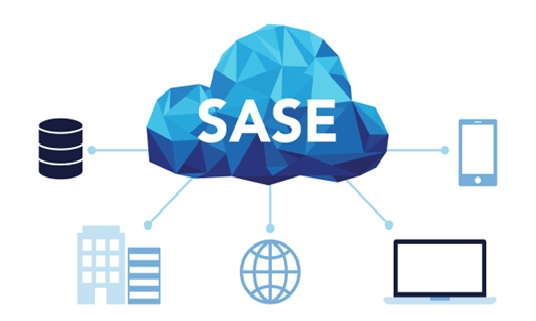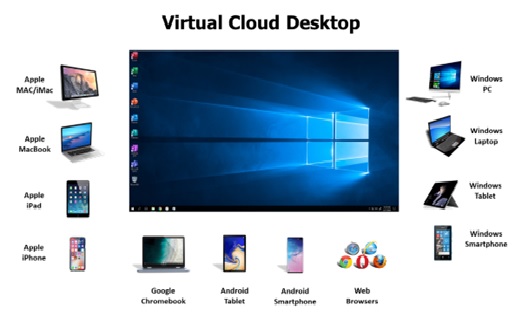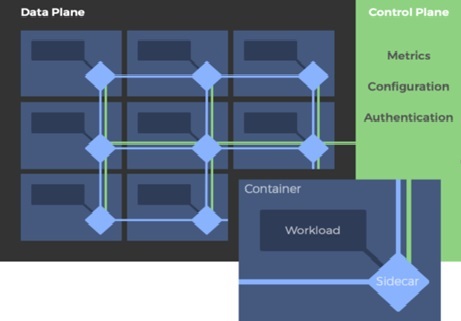Cloud sustainability
Cloud sustainability refers to the efforts and practices aimed at minimizing the environmental impact of cloud computing infrastructure and operations. As cloud computing continues to grow, it is essential to address the environmental concerns associated with data centers and the energy consumption required to power them.

Figure 1. Cloud sustainability
Cloud sustainability is shown in Figure 1. When building cloud workloads, the practice of sustainability is understanding the impacts of the services used, quantifying impacts through the entire workload lifecycle, and applying design principles and best practices to reduce these impacts. This document focuses on environmental impacts, especially energy consumption and efficiency, since they are important levers for architects to inform direct action to reduce resource usage.
Cloud computing can support your organization to reduce carbon emissions, use resources more efficiently, and lessen your environmental footprint.
Actively working toward an increased sustainability can help increase your revenue, reduce the operating costs, and improve your brand trust.
Benefits of Cloud sustainability
- Track and control carbon emissions: Use the emissions impact dashboard to track carbon emissions. Reveal insights that can justify a data center migration. Use the Azure Migration and Modernization Program to get expert help needed to set up the cloud environments.
- Migrate to reduce the carbon footprint: Migrating to the cloud can be up to 98% more carbon efficient. Additionally, use the Azure Well-Architected Framework Sustainability workload guidance to further enhance your workloads and reduce the environmental footprint.
- Drive sustainable innovation in the cloud: Meet customer demands for clean energy solutions and sustainable products.
Microsoft Cloud for Sustainability
Microsoft Cloud Computing is a specialized cloud that offers organizations the ability to access a complete, integrated, and automated set of knowledge to accelerate the process towards a more sustainable model.
Microsoft Cloud for Sustainability leads to a more sustainable model, transforming businesses, accelerating progress, and assessing environmental impact and footprint.
A Sustainable Future in the Cloud
For IT leaders working for companies with a goal of improving sustainability, migrating on-prem operations to the cloud is a strong step in supporting this directive. When considering a move to the cloud, you are making a concerted choice to reduce carbon emissions and sustain our environment.
As consumers use their buying power to support companies that practice sustainability and employees prefer to work for socially responsible companies, there will be a shift in how we measure a company’s performance — from their balance sheet to the tangible impact they have on the environment. Corporate sustainability is not just good for the environment, but it’s good for business too.
References:
- https://docs.aws.amazon.com/wellarchitected/latest/sustainability-pillar/cloud-sustainability.html
- https://learn.microsoft.com/en-us/azure/cloud-adoption-framework/strategy/business-outcomes/sustainability
- https://www.plainconcepts.com/cloud-computing-sustainability/
- https://www.spiceworks.com/tech/cloud/guest-article/how-the-cloud-drives-sustainability/
Cite this article:
Gokula Nandhini K (2023), Cloud sustainability, AnaTechMaz, pp.89















